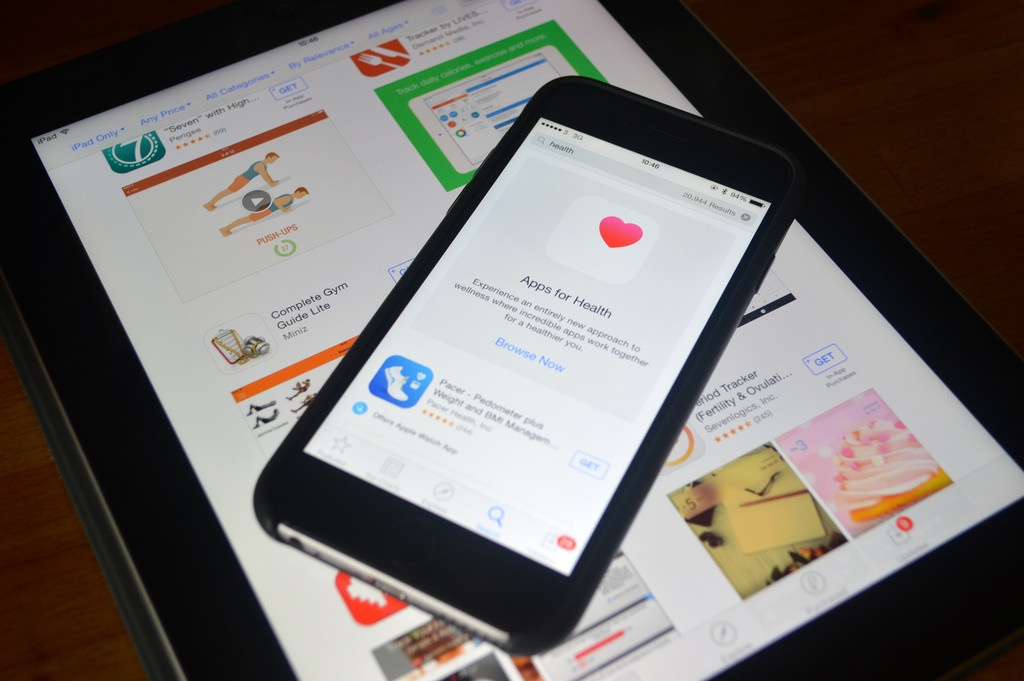 Advances in technology have brought medicine into the future thanks to telehealth and wearable telehealth devices.
Advances in technology have brought medicine into the future thanks to telehealth and wearable telehealth devices.
What Is Telehealth?
Telehealth is any transference of medical data electronically. Patients in large healthcare systems experience this when seeing specialists or going to the ER. Telehealth is changing medicine for the better on a routine basis.
Telehealth Increases Patient Access to Care
Generations ago doctors made house calls. These days, medical professionals are making them again thanks to video chat. Patients in rural areas, or who can’t get to a clinic for any number of reasons, can consult with a doctor or nurse remotely to discuss symptoms and get a diagnosis. This is especially helpful for symptoms that may seem annoying but actually could signal a larger problem that only a doctor would know.
Medical Data Organization: Modernized
Gone are the days of handwritten notes in a folder. Telehealth requires electronic input. This benefits medicine in a number of ways.
- Uniformity in data. Rather than everyone coding things differently and knowing what notes mean because they took them, notes become uniform. Programs require input in a certain way. When data is transferred, or a new doctor takes over for one who’s retired, there is no question about what things mean.
- Instant access. No more waiting for files to be scanned and emailed only to be blurry and require being posted. Data is accessed instantly on terminals or handheld devices taking the waiting game out of care.
- Reduces human error. Recounting medical history gets difficult as patients get older or for those who have had significant medical issues. This is especially helpful in emergency situations when a patient may not be able to respond about the drugs they are taking or allergies they may have.
The Role of Wearable Telehealth Devices
There are two types of wearable telehealth devices. Some devices monitor fitness and wellness for personal use. Others are prescribed medical devices. Both are disrupting the medical field and bringing benefits.
Devices for personal use, like Fitbit, Misfit and Apple and Garmin watches, monitor and store data. They track heart rate, sleep, intensity of exercise, distance walked, flights of stairs climbed and steps taken. Many allow users to track their mood and hydration, too. While these devices are not medical grade and thus not used for diagnostic purposes, they can give a healthcare practitioner a better view of a patient’s situation.
The accountability that comes with these devices is also helpful. Doctors can work with patients to set goals and the patient has a constant reminder to drink or move more. The benefits to overall health from just these two things can prevent certain injuries and help reduce weight, blood pressure and cholesterol - often eliminating the need for medication.
The technology going into these devices, of course, is bringing benefits to regulated medical tech, too. Patients with sleep apnea wear a CPAP mask at night. The machine transmits data to medical professionals. These devices aid in diagnosis and save both health care systems and patients valuable time and money.
